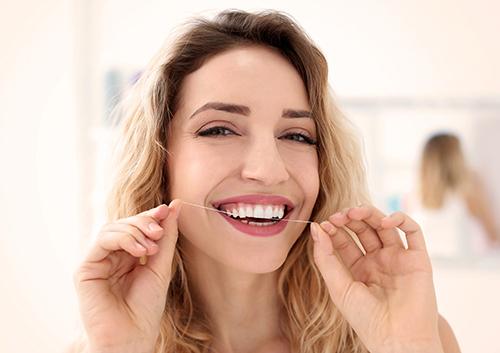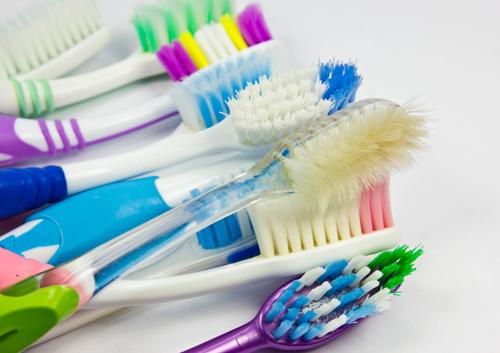
Blogs
-
Top Five Things to Keep Your Dentist Smiling
updated: Jan. 02, 2024

-
Things You Probably Didn’t Know About New Year's Eve
updated: Dec. 26, 2023

-
Should You Get Dental Veneers?
updated: Dec. 19, 2023

-
Worcester Dental Associates Honored as Best Dental Clinic in Central Massachusetts for Fifth Year Running
updated: Dec. 18, 2023

-
The Link Between Dental Hygiene and Your Overall Health
updated: Dec. 12, 2023

-
Flossing Fixes
updated: Dec. 05, 2023

-
Good Nutrition Leads to Healthy Mouths
updated: Mar. 07, 2023

-
How safe are dental X-rays?
updated: Feb. 28, 2023

-
Do I lose my wisdom if I lose my wisdom teeth?
updated: Feb. 21, 2023

-
The Origins of Valentine's Day
updated: Feb. 14, 2023

-
February is Heart Month
updated: Feb. 07, 2023

-
The Best Snacks for a Healthy Smile
updated: Jan. 31, 2023

-
What should I do if my child has a toothache?
updated: Jan. 24, 2023

-
Ten Fun Things to Do with Your Old Toothbrush
updated: Jan. 17, 2023

-
Heart Disease and Oral Health
updated: Jan. 10, 2023

-
Tooth Protection and Winter Sports
updated: Jan. 03, 2023



